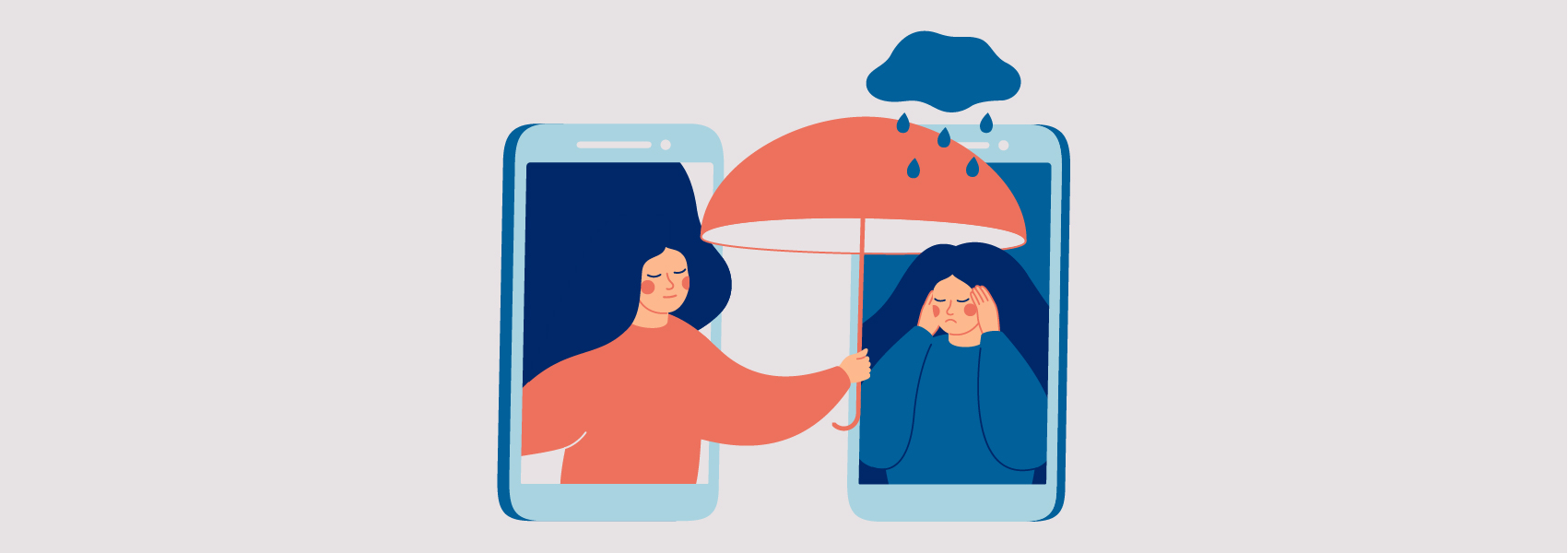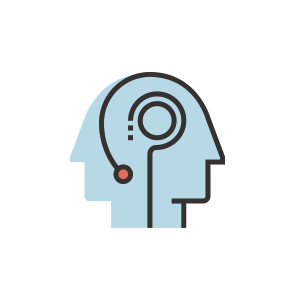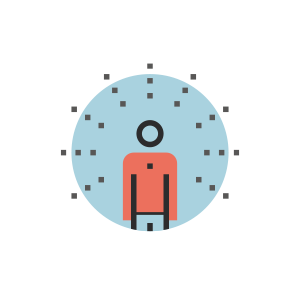



Is it time to rethink your digital life?
Dr Bridgette Bewick gives six tips to avoid slipping into unhealthy habits.
“The digital world is pervasive,” said Dr Bridgette Bewick, Associate Professor in Psychological Health and Wellbeing in the School of Medicine, “but most of us haven’t been trained how to manage the digital environment.
“Digital wellbeing is about finding ways to integrate digital components into our lives in a way that supports mental health and wellbeing and doesn’t detract from it.”

Monitor your use
It’s easy to get hooked because devices are built using persuasive technology. “We tend to think what we’re doing is normal because our reference group, friends and family, are similar to us,” Bridgette said. “Step back, ask yourself: ‘why am I using the digital environment? Is it helping or hindering me?’
Behavioural research shows that monitoring is an important first step in change, so considering when and why we are online is a good place to start.”

Make it genuine
As social beings, humans need meaningful connections and relationships. This becomes trickier online. “Non-verbal cues are an important part of relationships. They’re missing in video calls and SMS, so a day of online meetings doesn’t necessarily create meaningful connections.”
During social distancing, as technology fills the void of face-to-face interaction, it’s important to make it meaningful. “If group quizzes aren’t your thing, avoid them. We need authentic conversations with people we share common ground with.”

Focus
Multitasking is exhausting for our brains, but it’s hard to avoid with multiple devices begging for our attention. Mindfulness and attention exercises help keep us in the present. “Think of your brain like a muscle. The more you train it, the easier it’ll be to focus without interruption.
“Attention training alters the structure of the brain. With practice you’ll find it easier to stay engaged without the urge to check that news feed.”

Recharge
What’s the last thing you do at night? Many of us check our phones. “Sleep is crucial for physical and mental health. Physiologically, the light on devices interrupts our ability to go into deep sleep. Scanning for updates keeps our minds switched on.
We need to create boundaries so we’re not 24/7 on call and we can recharge.” Try setting a cut-off time. Put your phone on aeroplane mode or in a different room.

Get moving
Technology is changing the way we use our bodies. “We’re putting our bodies into positions they aren’t designed to be in for long periods. Your neck might ache if you’re constantly looking down at your phone, for example.
“Taking breaks from the screen and taking in natural light and fresh air is important for mental and physical health – especially when home working might mean we’re moving less. Digital technology can help motivate us with wellbeing apps and fitness trackers.”

Alone time
Purposeful alone time is linked to positive mental health and wellbeing, so take a moment each day to step away from it all. “For just two to three minutes, check in with yourself – it could be sitting down with a cup of tea. Make space and time in which you won’t get distracted, and enjoy silence and reflection.
“If you find that you are reaching for your phone, it might be a sign that you would benefit from a digital reboot.”